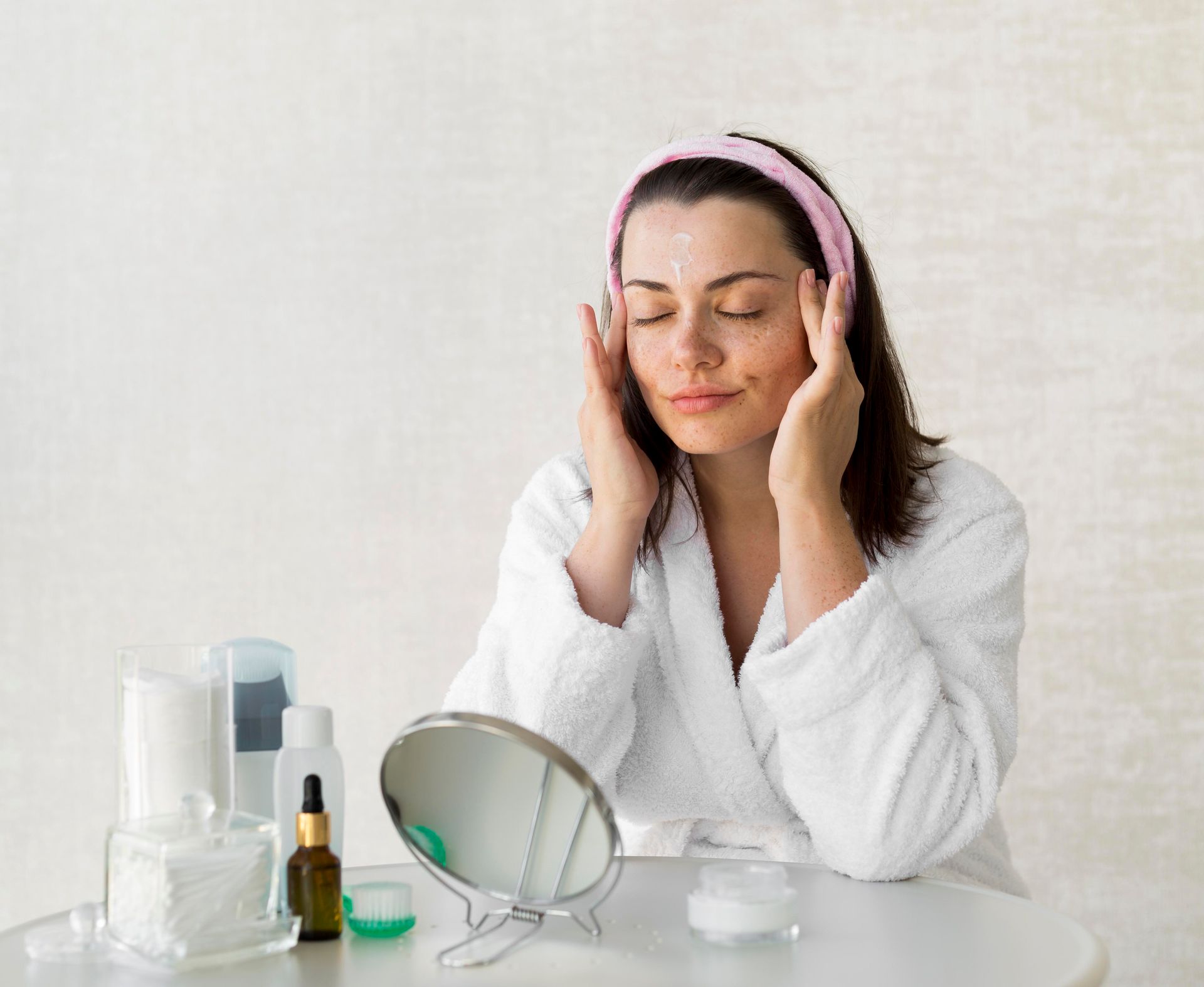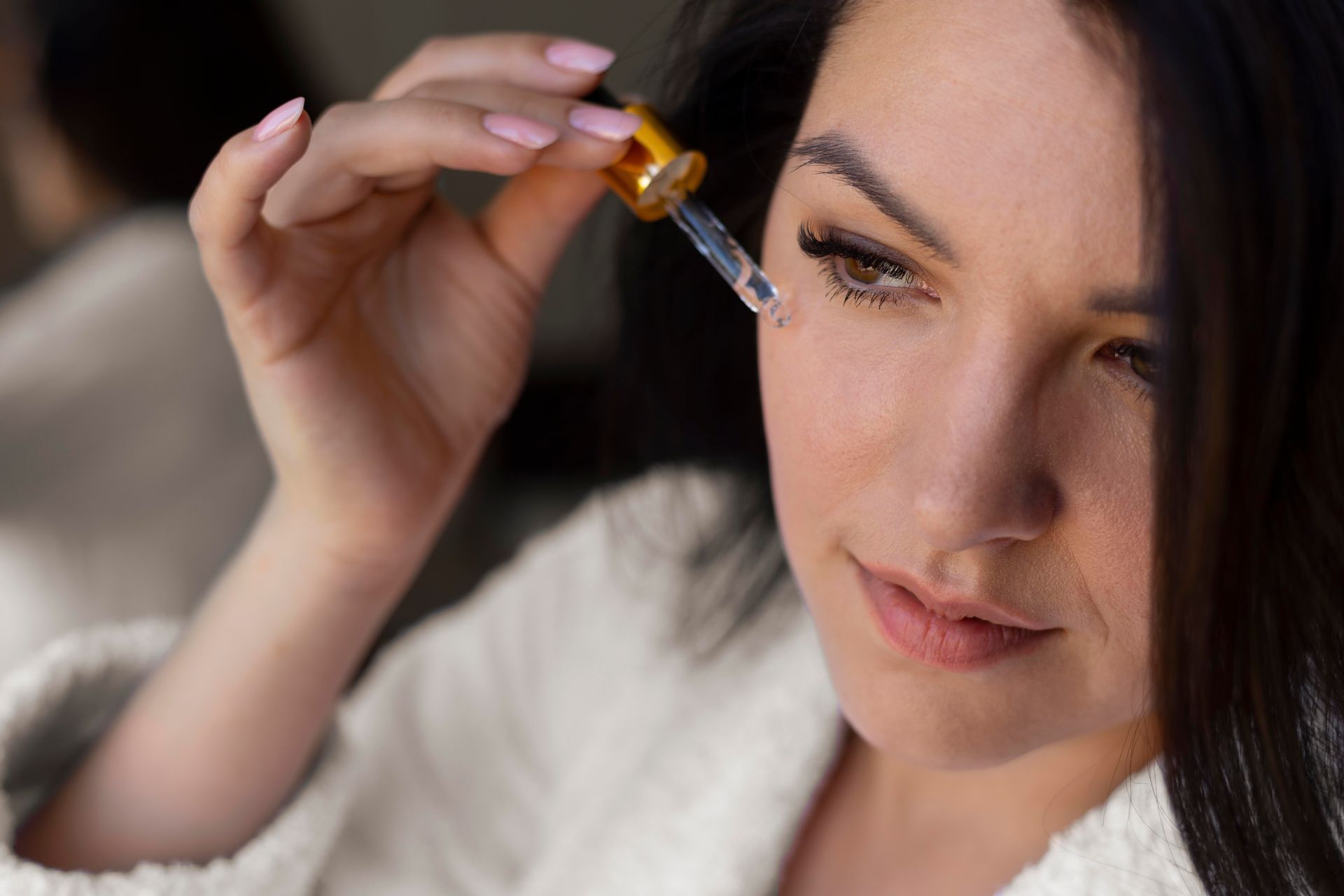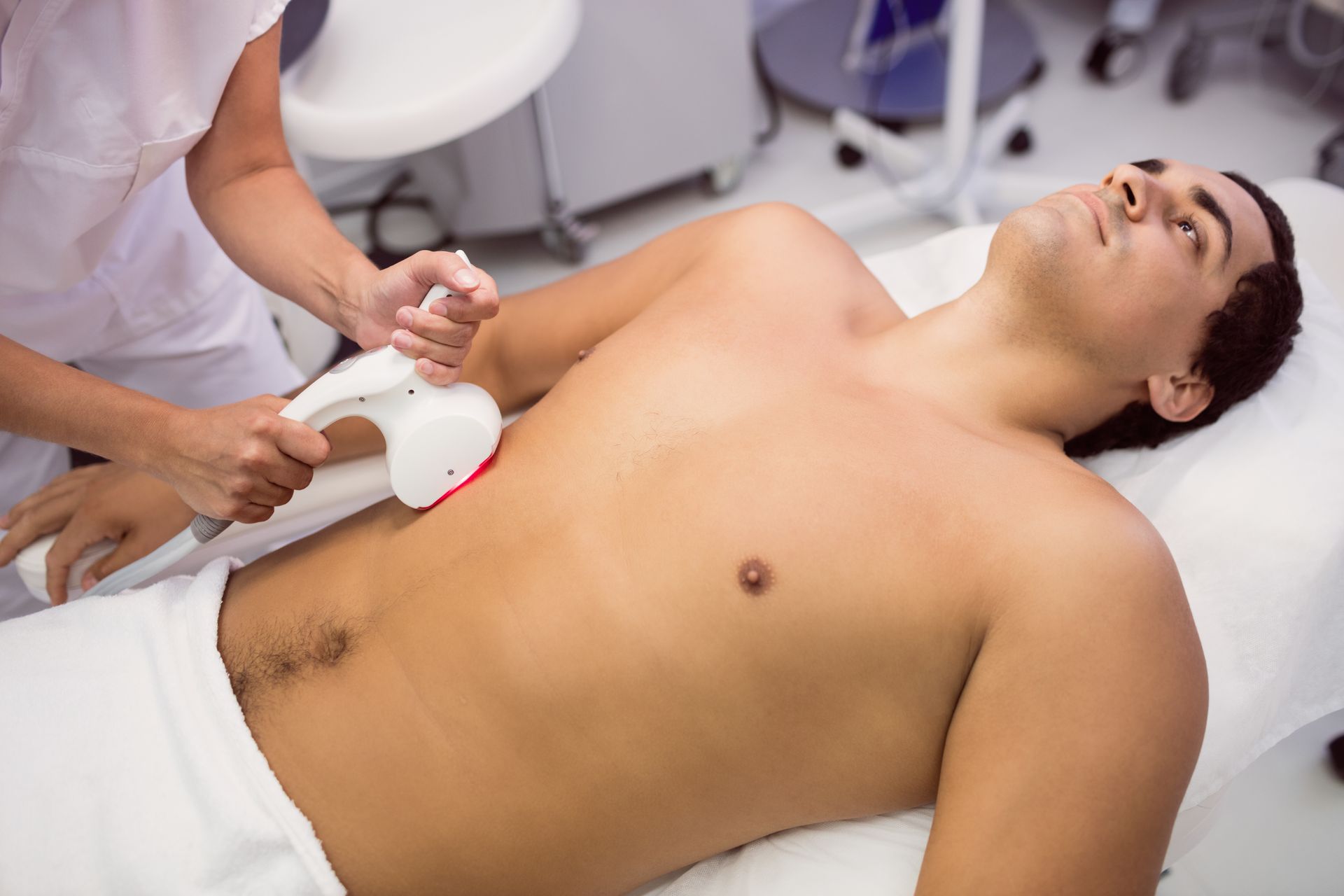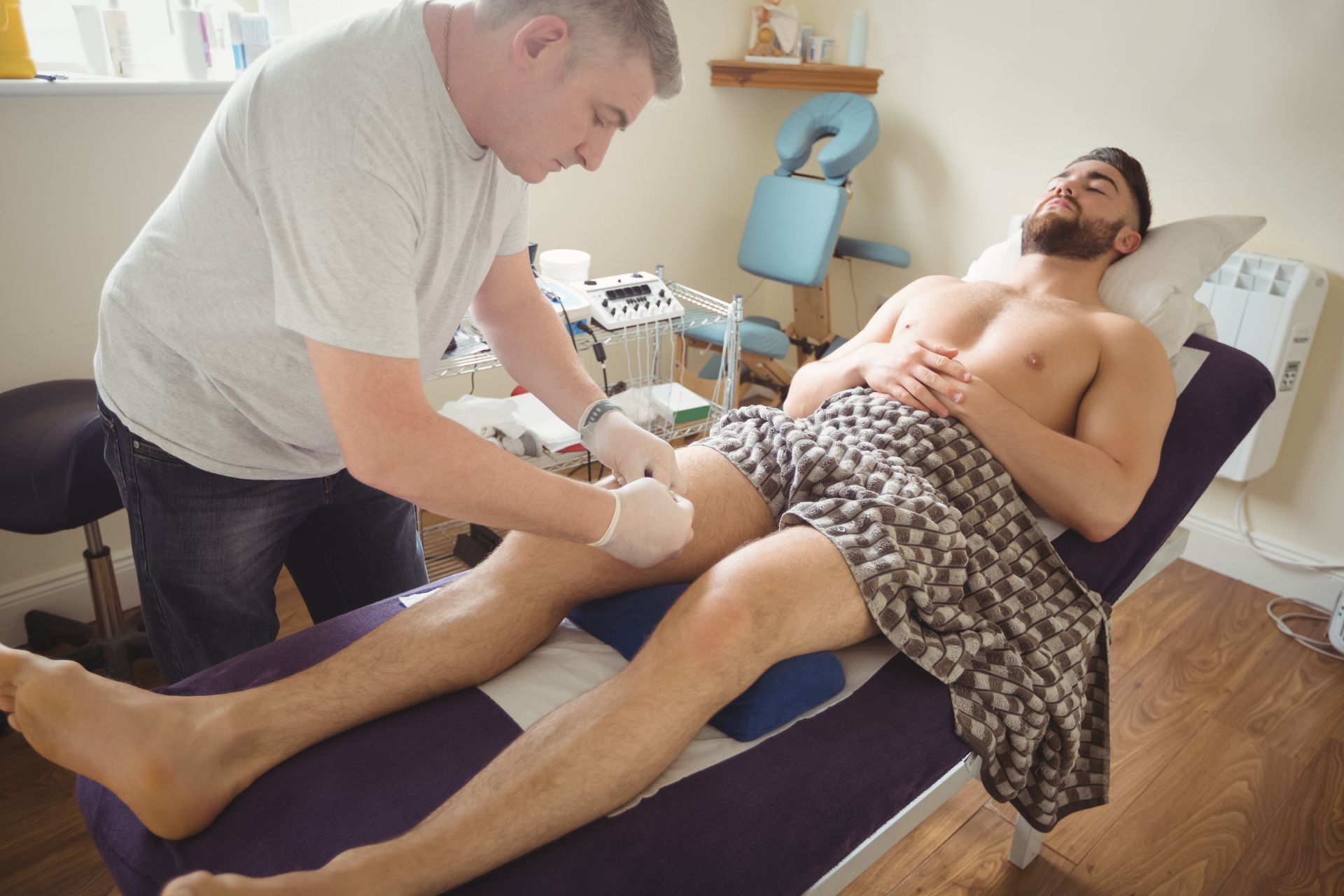Can Laser Hair Removal Scar Your Face?
Laser hair removal has become one of the most popular cosmetic treatments for people looking to reduce or eliminate unwanted facial hair. It’s fast, convenient, and often delivers long-lasting results. But one concern that often comes up—especially among first-timers—is: Can laser hair removal scar your face?
The short answer is that scarring from laser hair removal is very rare, but it can happen in certain situations. Most people who follow the right precautions and choose qualified providers never experience scarring. However, if the treatment is done incorrectly or on unsuitable skin types, there can be risks.
In this article, we’ll break down when scarring might occur, what it looks like, how to prevent it, and what you can do if your skin reacts badly.
Can i scrub my face after laser hair removal?
Understanding How Laser Hair Removal Works
Laser hair removal targets the pigment in hair follicles using controlled pulses of laser light. The heat damages the follicle to reduce or prevent future hair growth. Because the laser targets pigment, it works best on individuals with light skin and dark hair—but modern technology is improving results for a wider range of skin tones.
While the procedure is generally safe when done by licensed professionals, it still involves applying heat to the skin. If that heat is too intense or misdirected, it can lead to irritation, burns, and in very rare cases, permanent scarring.
Can Laser Hair Removal Actually Scar Your Face?
Yes, it can, but it’s extremely uncommon—especially when performed properly.
- Scarring is usually the result of one or more of the following issues:
- Incorrect laser settings for your skin tone
- Poor technique or lack of experience from the provider
- Skin that has not been properly prepped before treatment
- Scratching, picking, or exposing treated skin to sun after the session
- Underlying skin conditions like eczema or acne that weren’t addressed beforehand
- On the face, the skin is thinner and more sensitive than other areas, so it’s more vulnerable if mistakes are made. However, with proper care, most people heal without any lasting effects.
What Does Laser-Induced Scarring Look Like?
If scarring happens, it may appear as:
- Raised or indented marks where the laser was applied
- Discoloration—either dark (hyperpigmentation) or light (hypopigmentation) spots
- Areas of hardened or textured skin that don't fade over time
- Long-lasting redness or skin tone changes beyond the normal healing period
It’s important to distinguish between temporary side effects (like redness or swelling) and actual scarring. Most redness fades within hours to a few days. Scarring lasts longer, sometimes permanently.
Can i moisturize my face after laser hair removal?
Who’s Most at Risk of Laser Hair Removal Scars?
Certain factors increase your risk of scarring after facial laser hair removal:
Darker skin tones: These require more precise lasers (like Nd:YAG) to avoid pigment damage.
Sensitive or damaged skin: If you already have acne, open wounds, or inflammation, your skin may not tolerate the laser well.
Sun exposure before or after treatment: This can worsen irritation and cause pigmentation problems.
At-home devices or untrained technicians: Poor equipment or lack of experience is one of the biggest causes of skin damage.
Not following aftercare instructions: Ignoring guidelines like wearing SPF or avoiding active ingredients can lead to complications.
How to Prevent Scarring from Laser Hair Removal
The good news is, scarring is largely preventable with the right approach. Here’s how to protect your skin:
1. Choose a licensed, experienced provider
Make sure your technician has experience treating your specific skin type. Clinics like Huggie Beauty use certified machines and trained professionals for every treatment.
2. Get a patch test
Before treating your whole face, ask for a test spot to see how your skin reacts.
3. Prep your skin properly
Avoid sun exposure, harsh products, and active treatments (like retinol or exfoliants) for at least 48 hours before your appointment.
4. Follow aftercare religiously
Apply calming moisturizers, skip makeup for at least 24–48 hours, and wear sunscreen every day. Don’t pick at the skin or exfoliate aggressively.
5. Avoid unreliable at-home laser devices
They may be cheaper, but they also carry higher risks if misused—especially on the face.
What Should You Do If You Think You’re Scarred?
If your skin feels raised, pigmented, or doesn’t improve within a couple of weeks, don’t ignore it. Contact your provider and consider seeing a dermatologist. Early intervention can help minimize long-term damage. Treatments like topical steroids, silicone gel sheets, or laser resurfacing may reduce the appearance of scars if needed.
Can laser hair removal on the face clear acne
Final Thoughts
While scarring from laser hair removal on the face is technically possible, it’s extremely rare when the procedure is done correctly and followed by proper aftercare. Most people experience nothing more than mild redness or sensitivity that fades quickly. But understanding the risks—and how to avoid them—puts you in control of your results.
If you’re considering laser hair removal and want the safest experience possible, choose a clinic that puts knowledge and care above all. Book your consultation with Huggie Beauty today and feel confident in every step of your skincare journey.










